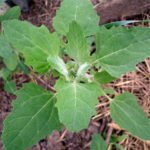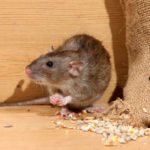Black currant has gained popularity among gardeners due to its delicious and useful berries, as well as its unassuming care. However, the title of unpretentious culture sometimes plays a cruel joke with it. Inexperienced gardeners, not quite correctly interpreted this notion, start up the bushes and unwittingly give him to the mercy of the enemy. The most insidious of them is Cecidophyopsis ribis, which first deprives the crop, and then destroys the plant.
Unpleasant acquaintance
This pest is small: its activity on bushes is very dangerous. Currant berries are not interesting to him at all, his goal is the tender buds of the shrub. A malicious bug so strongly undermines the health of the plant that you can only dream about the harvest. It has a special love for black currant, but often attacks its red and white relatives, as well as gooseberries.
Description
This pest has a worm-like elongated white body with 2 pairs of legs consisting of microscopic segments. It is difficult to see it with the naked eye: females reach a size of only 0.2 mm, and males — even smaller. In addition, they lead a secretive lifestyle, almost all the time hiding inside the Bush buds, which complicates the fight against them.
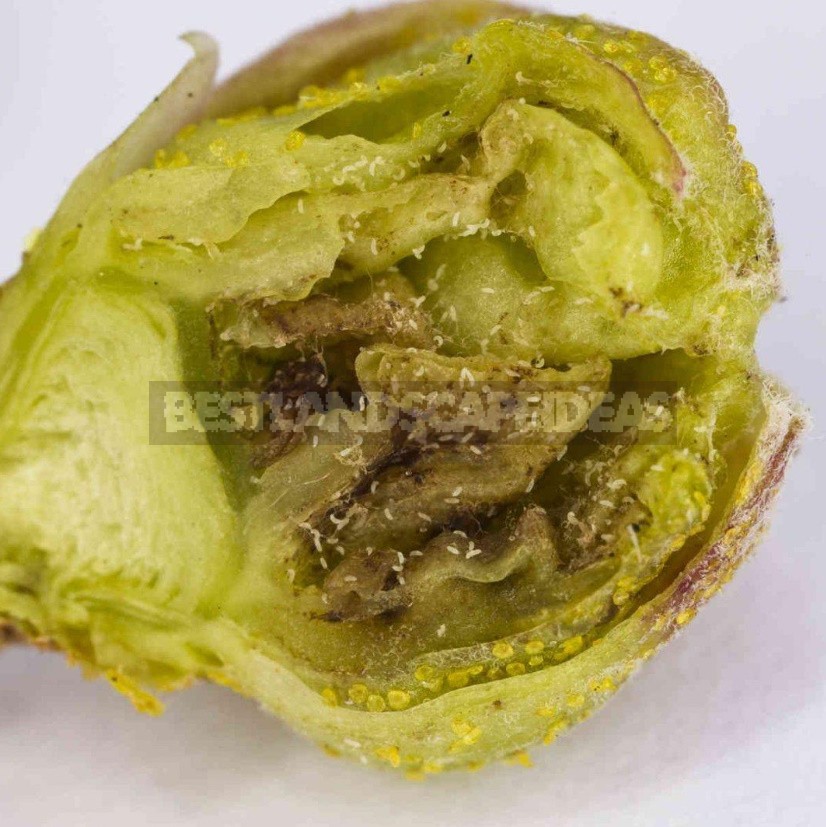
Here the enemy takes the number: in one kidney there can be up to 8 thousand individuals who actively suck the juices out of it. The fertility of females is also striking: from spring to autumn, each of them manages to give birth to 3-5 generations, the total number of which can reach up to 40 thousand specimens.
Mites overwinter in the buds of the plant, where in the spring they begin to breed and multiply, starting this process when the air temperature reaches +5°C. The warmer the spring weather turns out to be, the faster the breeding process will proceed.
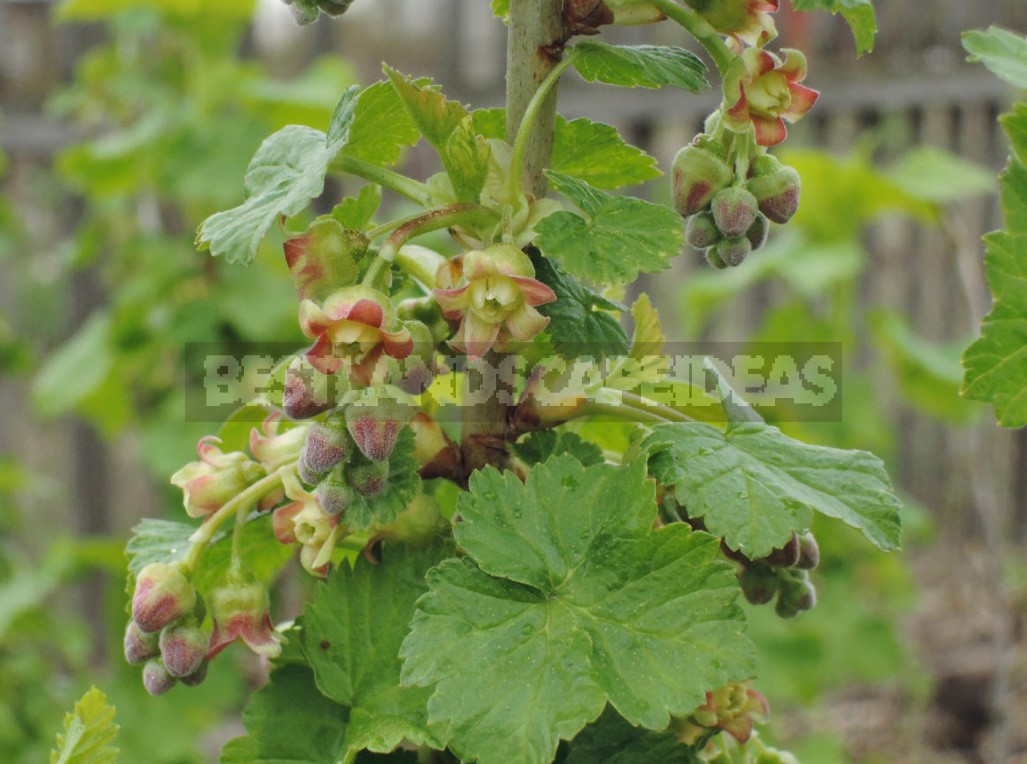
After eating the contents of the native kidney, the voracious army goes outside and goes for a new prey-it is embedded inside other young kidneys. This cycle of ticks on the berry patch continues until November. At the same time, at the moment of relocation from one kidney to another, they can easily change their place of residence: move with the help of wind, birds, tools, clothing or the hands of a gardener to a still healthy shrub and continue their dirty work already on it.
Signs of defeat
The damaged kidney, overflowing with ticks, inflates and becomes like a miniature cabbage head, which first bursts, and then begins to wither. Such buds are clearly visible in the spring before the beginning of leaf opening on the shrub, as well as in autumn after leaf fall and in winter. The kidneys are crippled or withered or give ugly shoots and leaves.
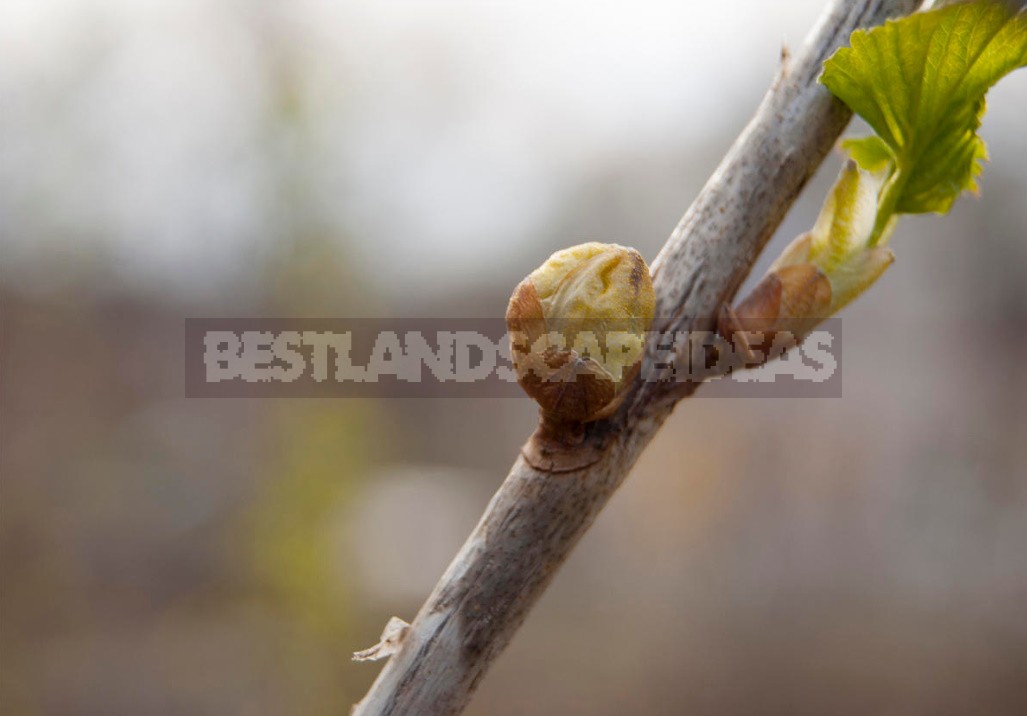
Affected bushes are sparsely blooming, differ in twisted, stiff and pale foliage, weak curved shoots and throughout the season lag behind in development.
The mischief of Cecidophyopsis ribis does not end there. Not only does it greatly harm berry growers with its extraordinary voracity and rapid reproduction, but it also infects them with various diseases. Most often, this bug awards currant reversion, which can not be cured.
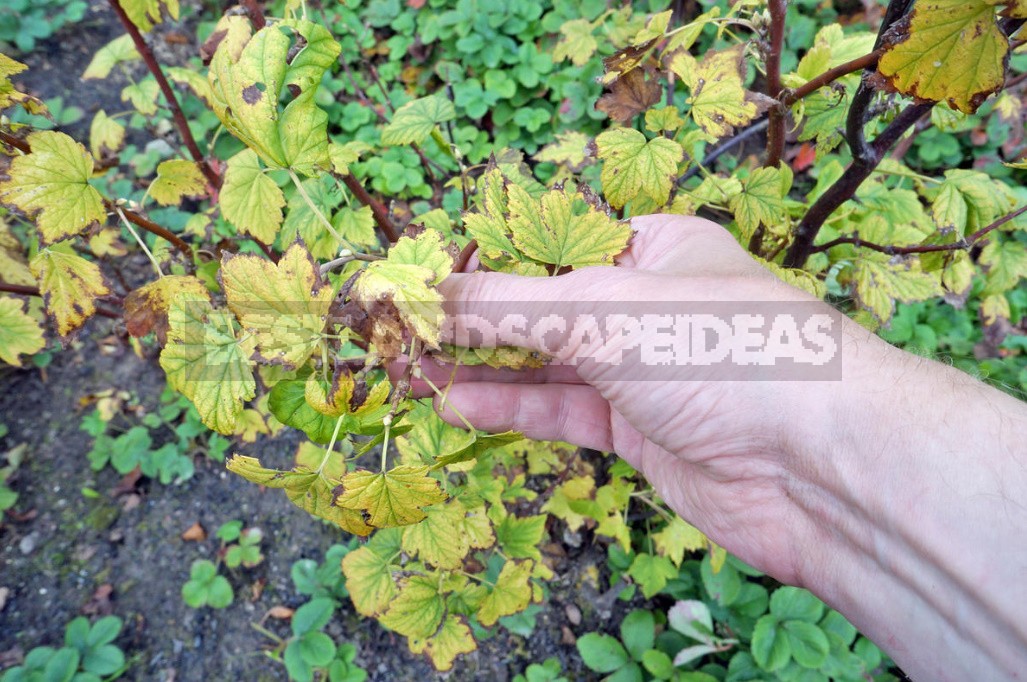
If you do not take any measures, you can not only forget the amazing taste of currant berries (they simply will not be, and if they are, then they taste disgusting), but also say goodbye to the plant: it will die of starvation. Therefore, when you notice the first signs of a pest, you need to urgently “go on the warpath”.
Control measures
It is difficult to catch this secretive bug, but it is possible. First of all, before the leaves open, carefully examine the branches of the shrub and, seeing the buds on them, immediately remove them and burn them. If there are many such buds, cut off the entire shoot.
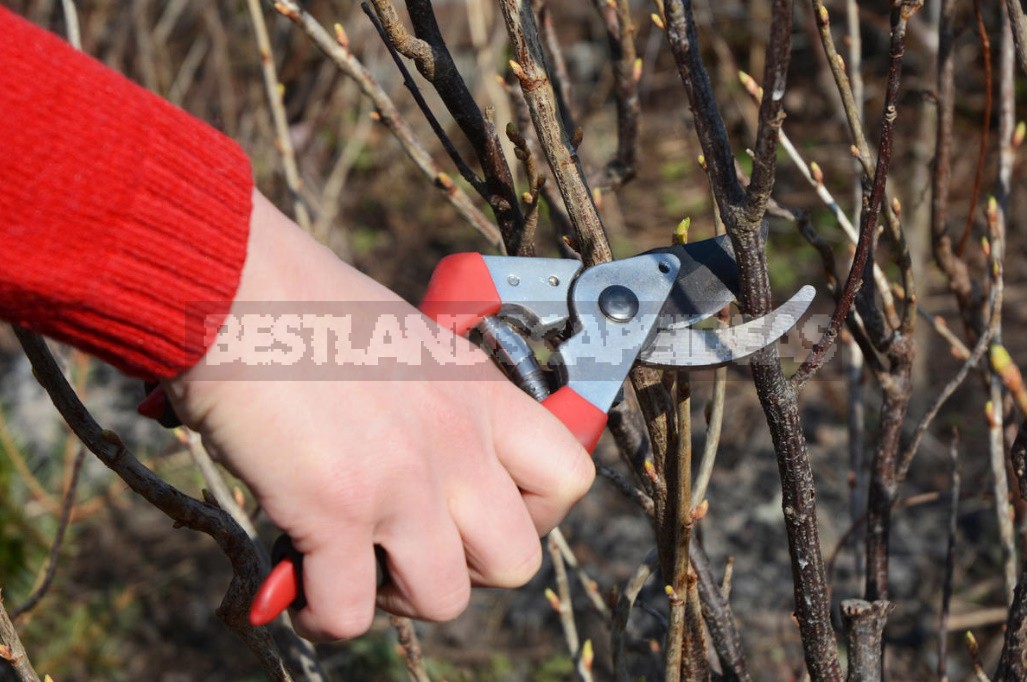
In the future, you will need to spray the currant with a suitable preparation. The main focus should be made at the time of the first migration of ticks from one kidney to another, which coincides with the period of budding of the shrub. It is important not to miss this particular relocation of the pest, which will prevent its further spread.
Chemical means
In the budding phase, treat the berry with a solution of low-toxic non-systemic acaricide or insecticide. Since the migration of ticks lasts up to 4 weeks, treatment with one of these drugs is repeated immediately after the end of flowering, and to consolidate the effect again in 10-12 days. Use more toxic means during this period is not necessary, systemic acaricides can be used after harvest.
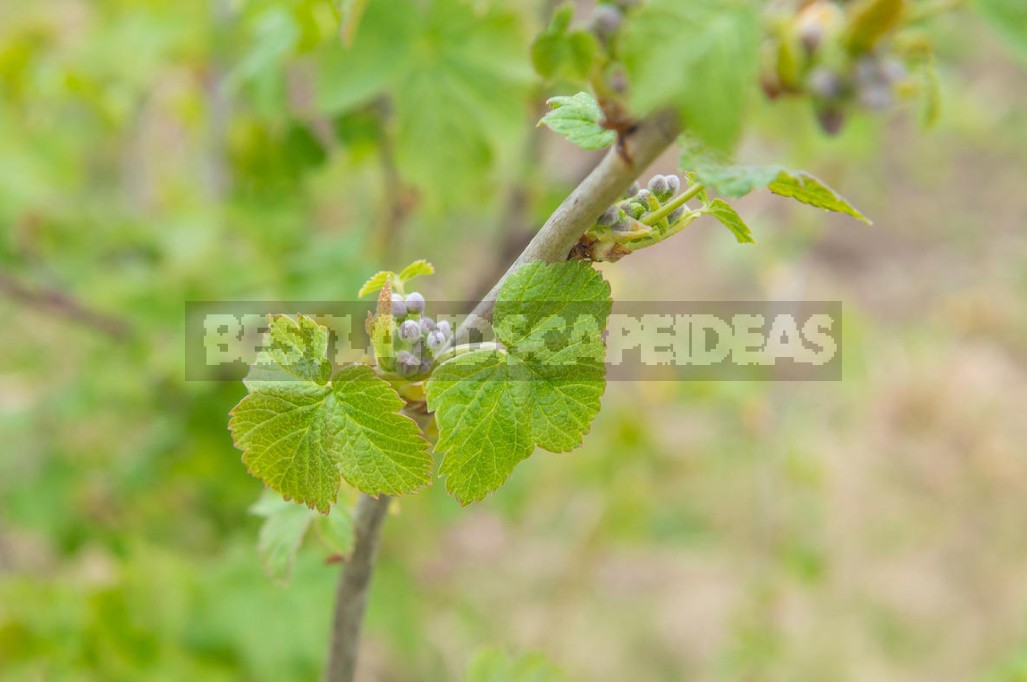
In the fight against this pest, colloidal sulfur has proven itself well. Treatment before flowering is carried out with a solution of 10 liters of water and 10 g of powder, during the next spraying, the dose of colloidal sulfur is reduced by half. However, to fight this enemy on gooseberries with such a chemical will not work: it causes burns on the leaves.
Biological preparation
Adherents of eco-farming, who do not accept chemistry, can use biological acaricides for spraying currants. Apply bioacaricides in the same time frame, preparing the solution according to the instructions for the selected drug. But in this case, remember that such means of protection will only be effective at a certain temperature, so carefully read the characteristics of each of them.

Folk methods
Popular rumor has it that you can win over Cecidophyopsis ribis with a hot shower. To do this, in early spring, before the start of SAP movement (in early March), you need to tie the branches of the bushes and pour them with hot water from a watering can (+65…+70°C).
Experienced summer residents to combat this pest plant garlic and onions next to currants, the aroma of which he can not stand. Effective in this case and spraying garlic (200 g of crushed garlic cloves for 10 liters of water) and onion (300 g of onion husks for 10 liters of water) infusions, which are kept in a warm place for 2-3 days before use. Some gardeners, knowing about the pest’s dislike of high humidity, wait for the budding on the currant and carefully wash its shoots with plain water.

Agricultural techniques
Cecidophyopsis ribis is a malicious pest, so you can not allow its mass distribution on currants. Simple rules will help you avoid a long, tedious war:
- selection of currant varieties resistant to this bug;
- purchase of seedlings in reliable specialized centers and nurseries;
- regular watering and fertilizing of shrubs, timely pruning and careful weed control, as well as cleaning of plant residues;
- regular careful inspection of plants and at the first sign of a pest taking immediate measures to destroy it.
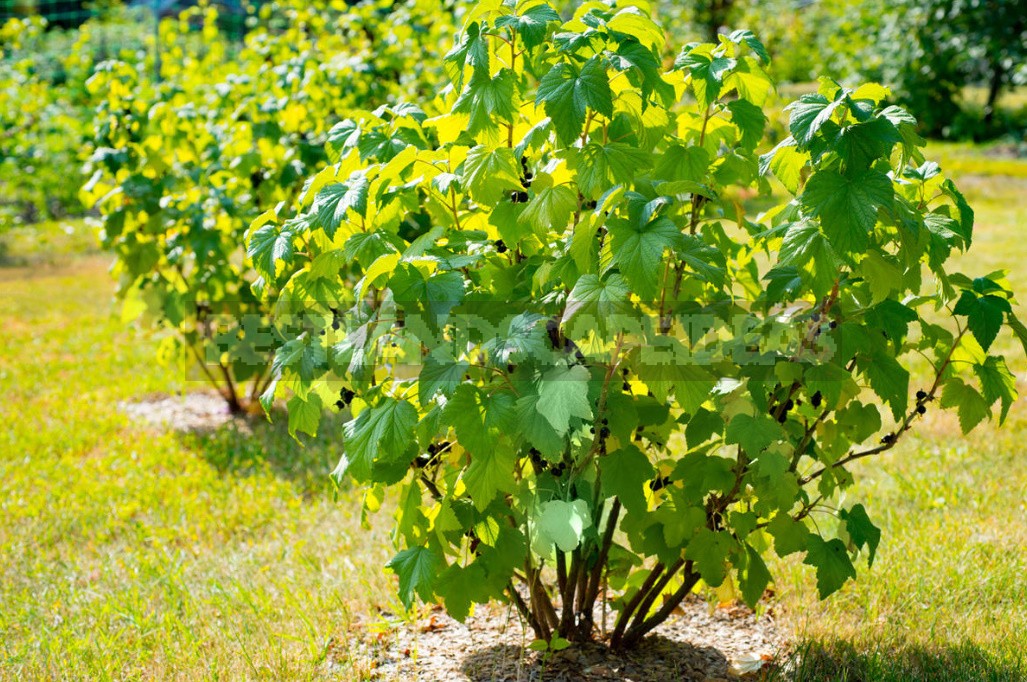
If you run a currant and find that most of its kidneys are damaged by Cecidophyopsis ribis, it is easier to take drastic measures. In early spring or late autumn, cut off all the shoots and burn them-this will completely destroy the pest, whose individuals live only on the aboveground part of the plant. From the basal buds, young shoots will grow, which will enter fruiting in 2-3 years.
Such a lesson is sure to make you reconsider your attitude to currants and no longer leave it to its fate. This berry is unpretentious, but it does not tolerate complete disregard for itself. Be sure to pay attention to this culture and take care of its health. With this approach, it will not be afraid of any enemy, even the malicious Cecidophyopsis ribis.
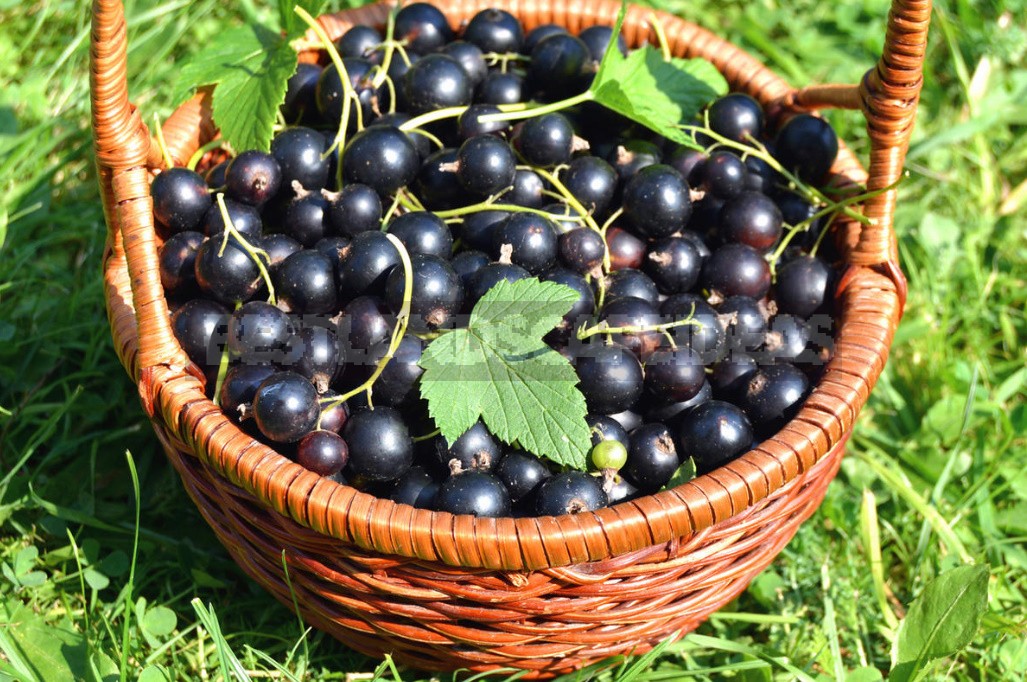
Dear readers, have you ever had to fight with Cecidophyopsis ribis? What means did you use to deal with it? Do you know any special tricks that help protect shrubs from this pest? Tell us about them in the comments.











